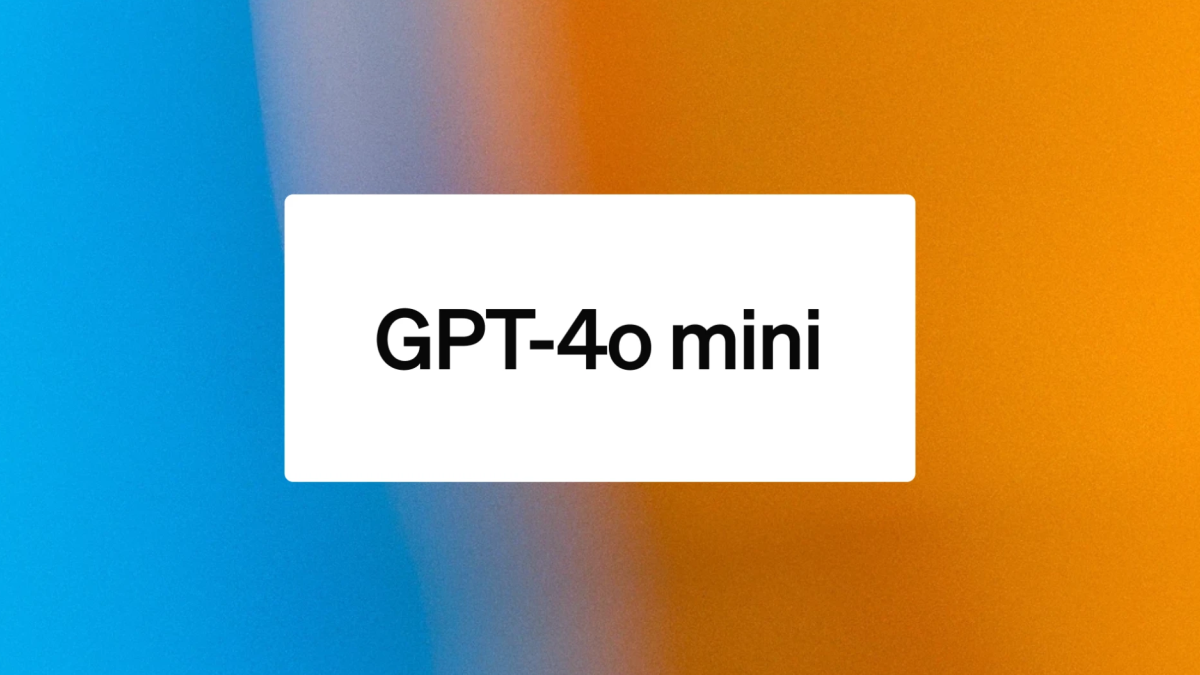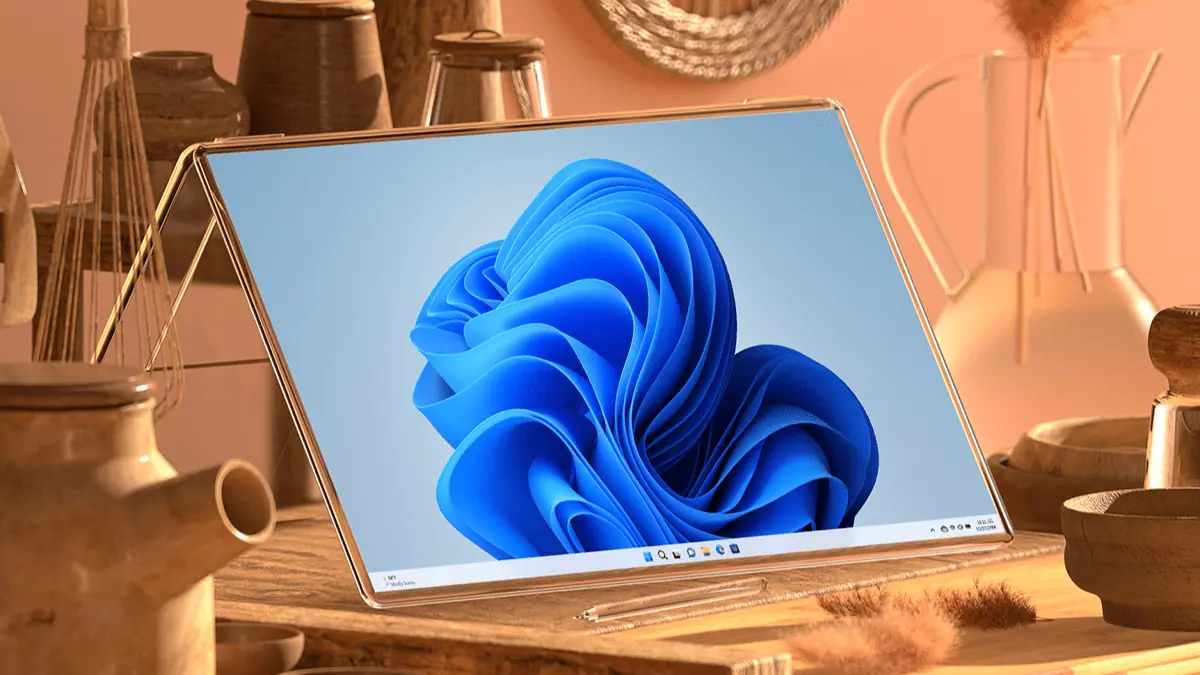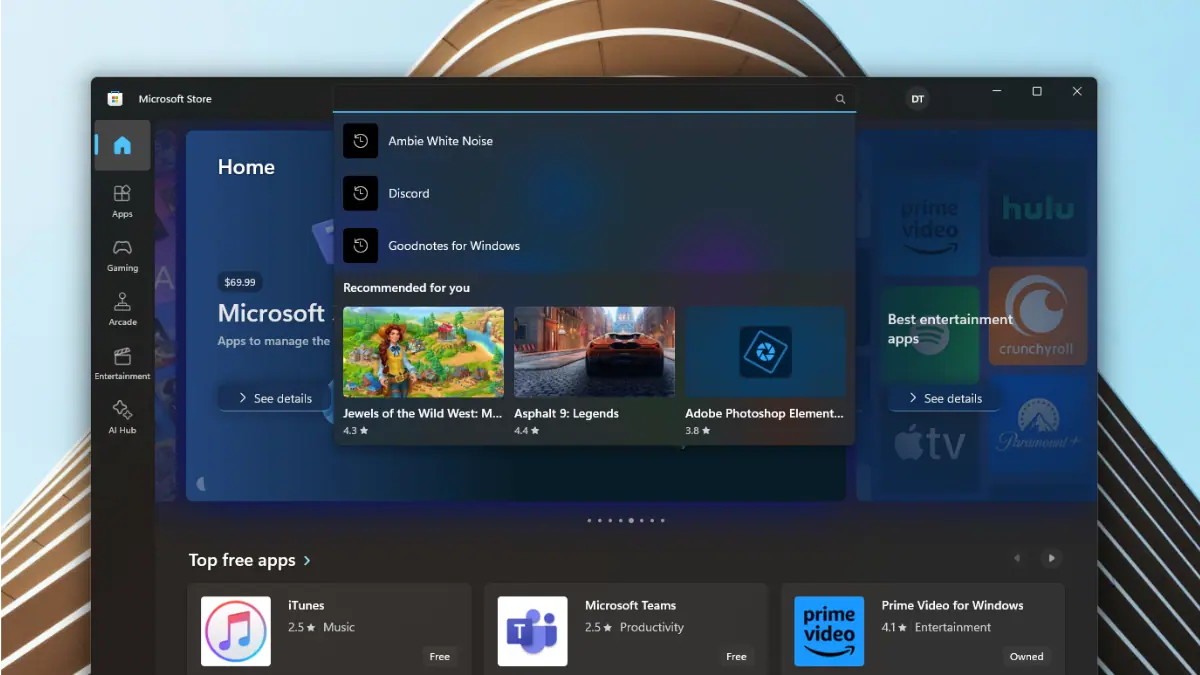Qualcomm working with developers to optimize Snapdragon 845 for Mixed Reality Applications
3 min. read
Published on
Read our disclosure page to find out how can you help MSPoweruser sustain the editorial team Read more

When Qualcomm announced their new Snapdragon 845 processor it was clear they had their eye on more than smartphone applications, with numerous features designed to support Mixed Reality.
These included the new Adreno 630 visual processing subsystem architecture which enables room-scale inside-out 6 degrees of freedom (6DoF) with simultaneous localization and mapping (SLAM)—for features such as wall-collision detection. Additionally, Snapdragon 845 introduces “Adreno foveation,” which substantially reduces power consumption, improves visual quality and boosts XR application performance.
Other features such as the Snapdragon 845’s third-generation AI mobile platform allows for elements such as scene and object recognition on the fly, while 30% lower power consumption will mean longer run time and less heating, important when used in a headset.
Qualcomm says all these improvements are designed to deliver innovations for new XR (eXtended Reality) experiences that span virtual, augmented and mixed reality.
Now VRFocus reports Qualcomm has started working with NetEase Games to optimise its Messiah game engine for the Snapdragon chips aimed towards immersive XR mobile video games.
“We are excited to work with a leading, global gaming content provider like NetEase Games,” said Sanjay Mehta, senior vice president, Qualcomm Technologies, Inc. and president, QCT China. “By working together, we aim to utilize the cutting-edge multimedia and VR/AR processing advantages of the Snapdragon 845 Mobile Platform, allowing players around the globe to enjoy the immersive mobile gaming experiences with higher quality.”
The Qualcomm and NetEase have been adapting Khronos’ Vulkan graphics, which allows for graphics computations to be offloaded to the CPU, reducing the load on the graphics chip, reducing power consumption and overheating.
“With our close relationship with Qualcomm Technologies, NetEase can improve our existing and future mobile gaming content more effectively for premium tier Snapdragon platforms, especially the Snapdragon 845 Mobile Platform,” said Ethan (Yi) Wang, vice president, NetEase, Inc. “We will develop and optimize more exceptional mobile gaming products for players around the globe, continuing to meet their demands for premium gaming experience.”
The two companies are planning on bringing more NetEase titles to the Snapdragon 845 mobile platform to be launched in 2018.
It is likely that Qualcomm is working closely with Microsoft also, with the Snapdragon 845 processor’s features ideal for the next generation of the Microsoft HoloLens, offering more power than the Intel Atom processor currently driving the headset for example, and offering the potential of replacing custom silicon Microsoft needed to develop to support Mixed Reality with the Intel hardware.
Full details of the Qualcomm Snapdragon 845 can be found here.








